When talking about traveling abroad, two essential items always come to mind: a passport and a visa. Both are key documents that we need to have when we plan to visit another country.
Even though both are important, a lot of people still get confused about how they are different. I used to be one of those people before I ever traveled to another country.
It's pretty normal to be confused if you've never had a passport or visa before. But now that I've gotten them and traveled internationally, I really understand what each document does.
So, in this article, I'm going to talk about the differences between passports and visas. I hope that after reading this, anyone planning to go abroad will feel clearer about these two things.
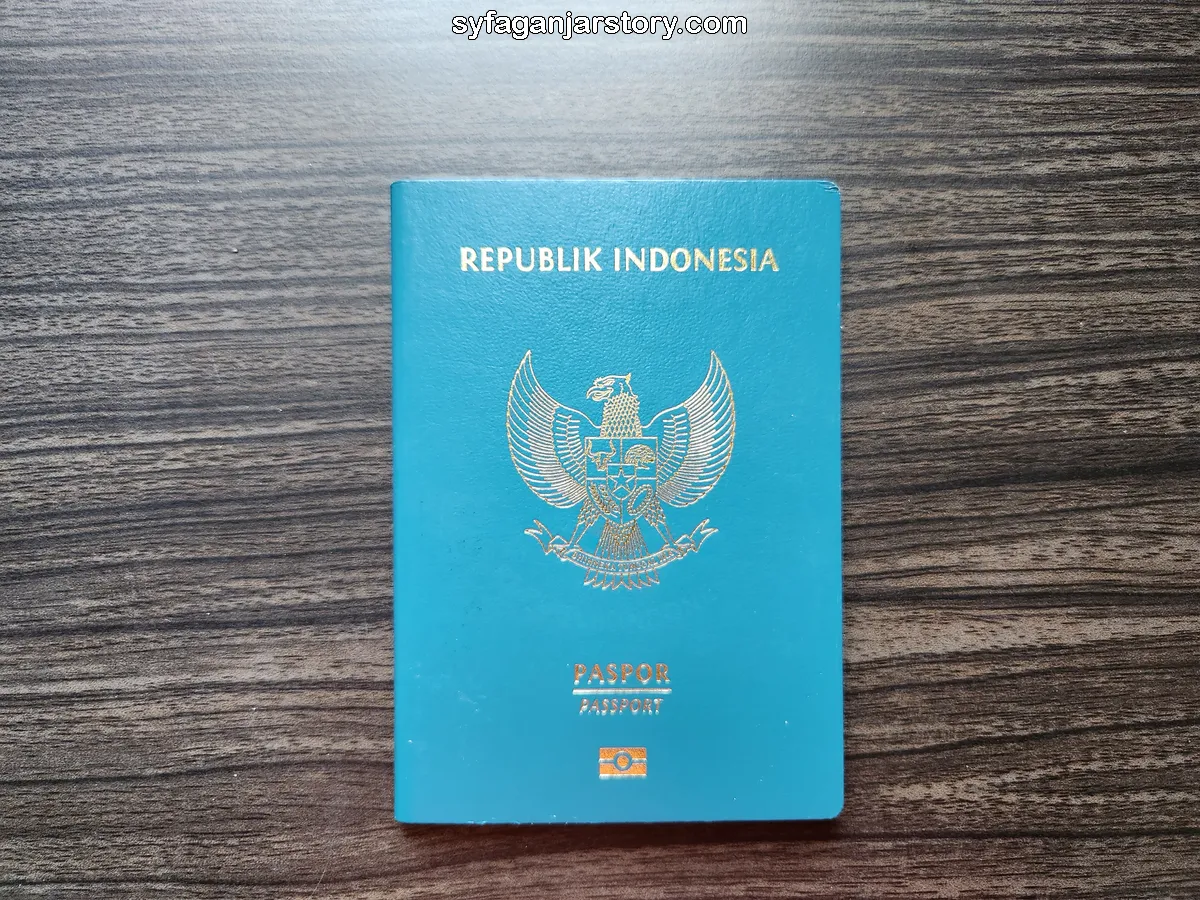
A passport is an official document given out by the government of your home country. It's used for international travel and acts like a global ID. A passport has your personal details like your name, passport number, where and when you were born, your photo, and when it expires.
Besides your information, a passport has many blank pages. These pages are where visas from the countries you visit will go. In Indonesia, for example, there are several types of passports that people usually use:
A regular passport is the most common type of passport. It is issued to citizens who want to travel to other countries for personal or business reasons. You can find regular passports with either 24 or 48 pages. Some of these passports also have electronic chips and are often called e-passports.
As the name suggests, diplomatic passports are issued to diplomats and high-ranking government officials. These officials use them when they are traveling abroad officially for the country.
Service passports are issued to government employees who need to travel to other countries for work.
In summary, a passport is a document that proves your citizenship and is necessary for international travel. It acts like an ID card when you are in another country. Your local ID, like a KTP, is not valid overseas; only your passport is recognized.
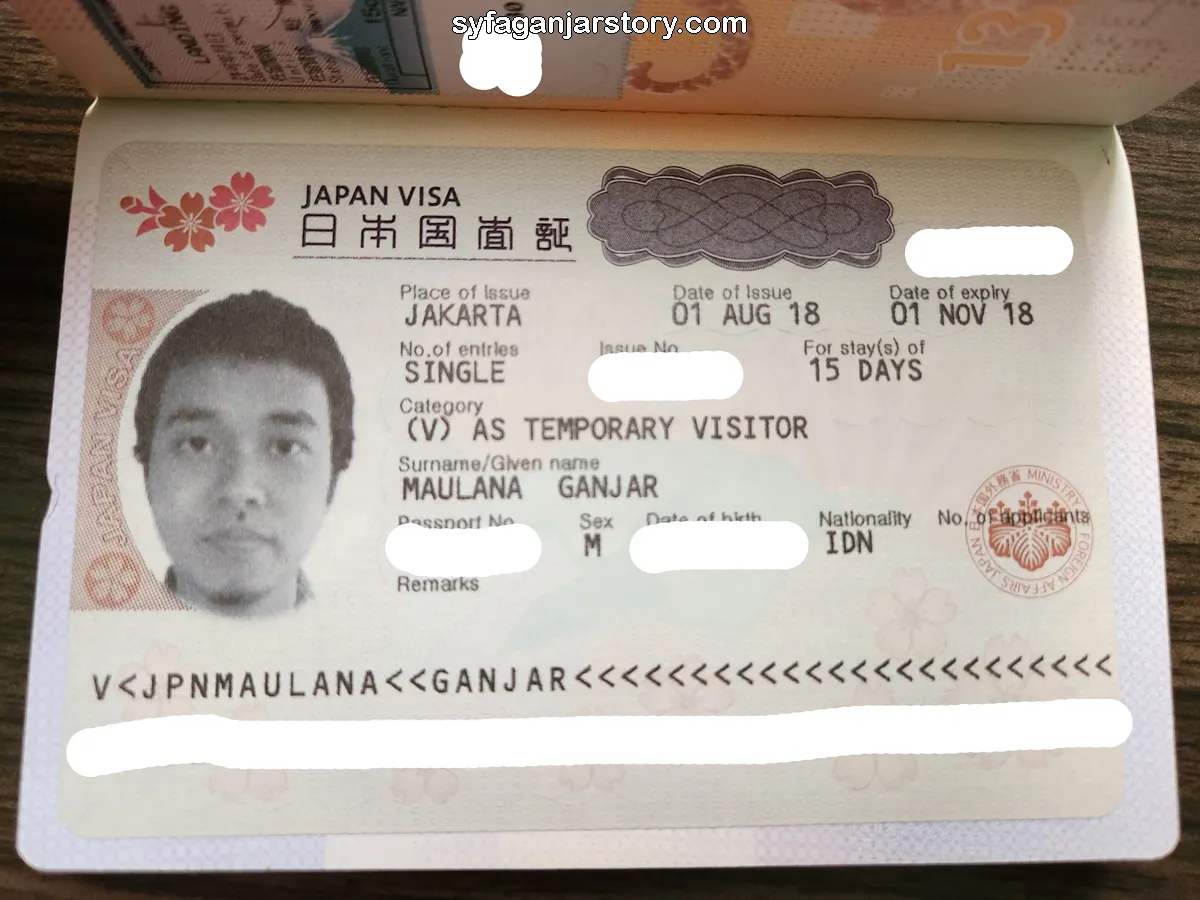
I mentioned earlier about the blank pages in passports that get filled by visas. A visa is a stamp or sticker that the country you are traveling to puts in your passport. So, while your passport is given to you by your own country, the visa comes from the country you are going to.
A visa is a permission to enter, stay in, or leave a country for a certain amount of time. The type of visa you need depends on why you're visiting that country. Here are some common types of visas:
Do you always need a visa when traveling abroad? Not always. Some countries allow travelers from certain nations to enter without a visa, so you might only need your passport.
To learn which countries offer visa-free entry for citizens of specific nations, you can refer to relevant travel advisories or government websites.
Now that I've given a brief overview of passports and visas, I'll go into more detail about the differences between these two documents.
A passport is like an international ID card. It shows your identity and proves that you are a citizen of a country. A visa, however, is a permit that lets you enter and stay in a country for a specific time.
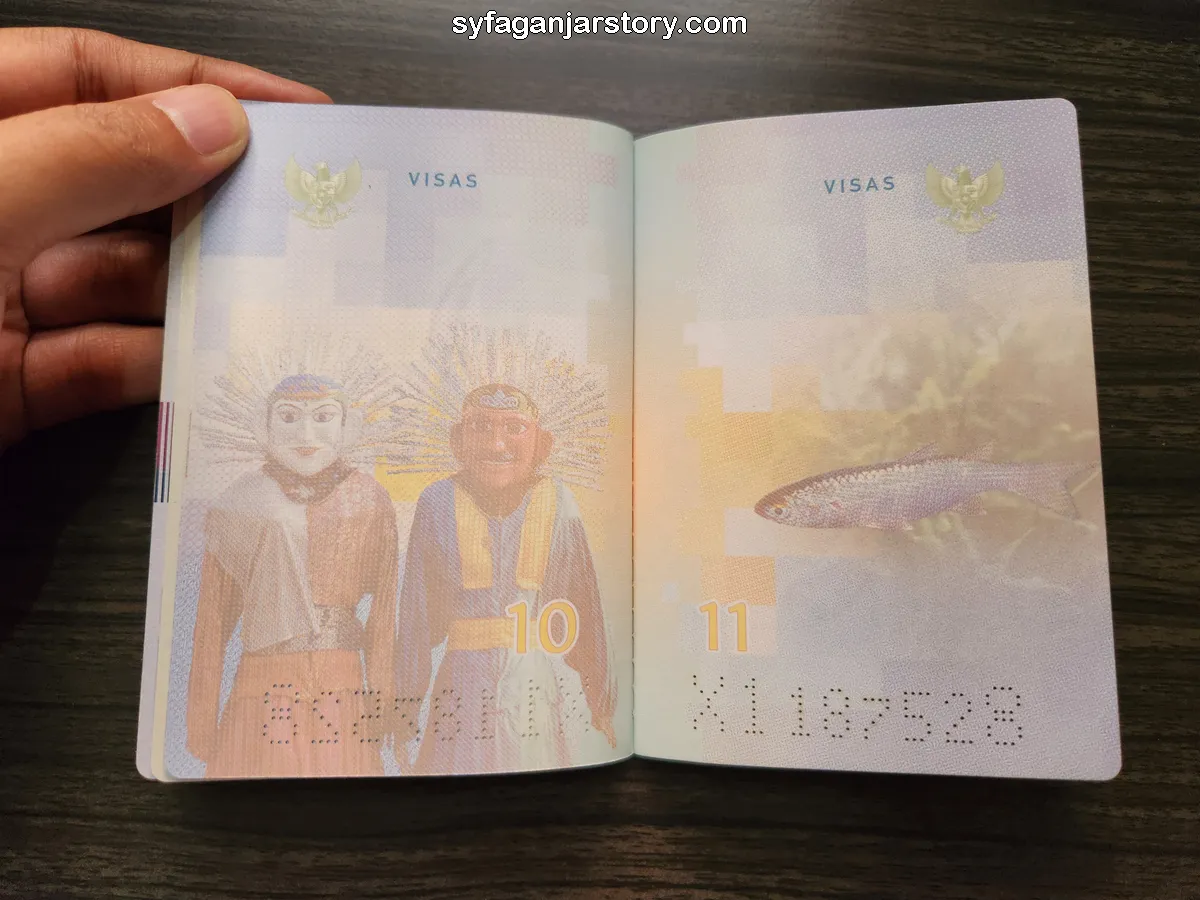

A passport is a small book with either 24 or 48 pages. Most pages are blank initially and are filled with visas over time. There are also pages with your personal and citizenship information. Regular passports and e-passports are similar, with only minor differences.
Visas come in different forms. The most common is a sticker visa that goes in your passport. Some visas are just stamps, often given by countries that don't require a visa or have visa-on-arrival policies.
Electronic visas or e-visas are becoming more popular too. You get these by email, then print and put them in your passport yourself. But some e-visas don't need to be printed; you can just show them on your smartphone.
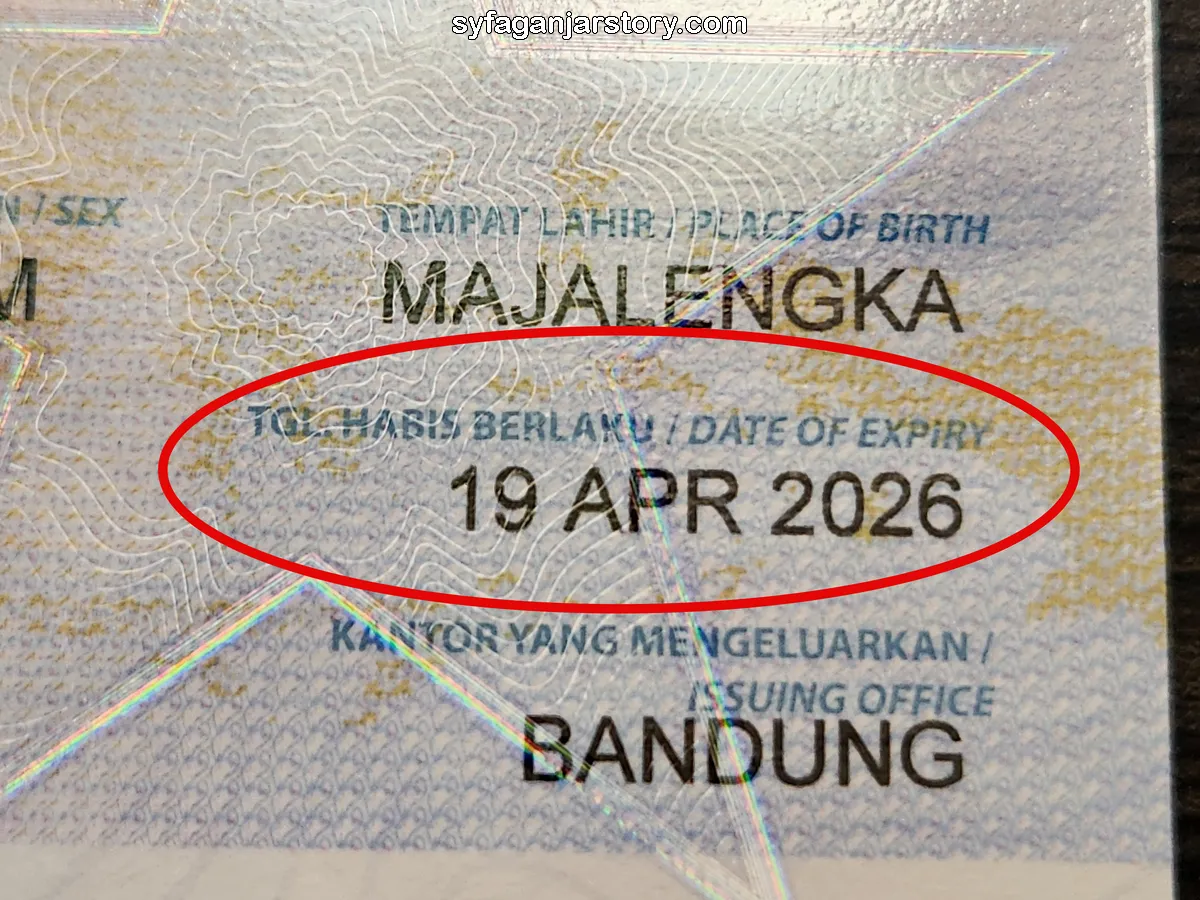
Passport validity can vary by country. For example, some countries issued passports with a 5-year validity, but have extended it to 10 years in recent times, benefiting travelers as often many pages remain unused in shorter validity periods.
The validity of a visa depends on the issuing country and its policies. Some visas last only for 15 days, while others can extend for several years.
There are also single entry and multiple entry visas. With a single entry visa, you can visit the country once. To visit again, you must apply for a new visa.
Multiple entry visas, however, allow you to enter the country multiple times as long as the visa remains valid. For instance, certain countries may offer a visa waiver allowing multiple entries over a period, like 3 years.
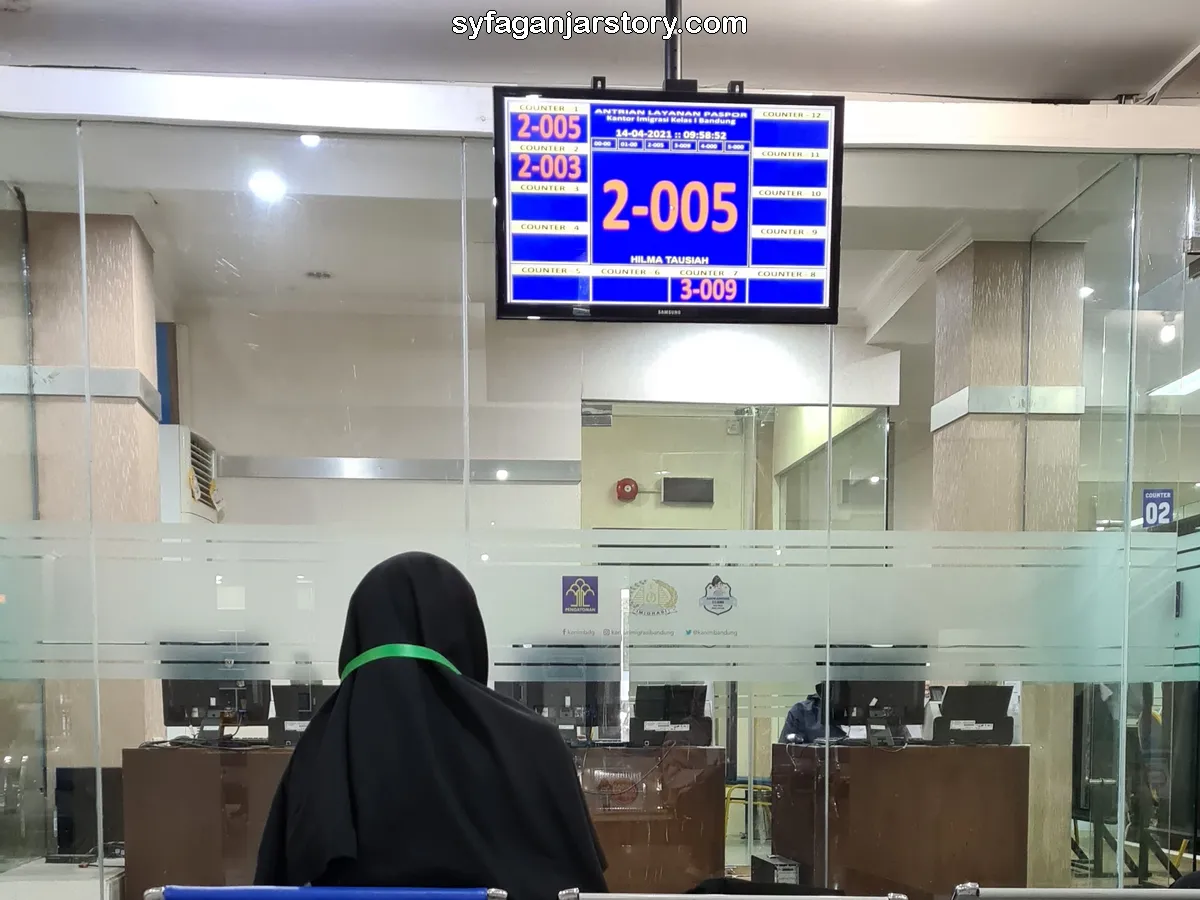
To get a passport, you need to visit an immigration office. Depending on the country, you may not be restricted to the office in your registered home area; often, you can choose any immigration office, ideally the one closest to your current residence.
For visas, the place of application varies. For standard visas, you typically apply at the embassy of the country you're visiting. In some cities, you can also apply at that country's consulate.
For a visa on arrival, you apply for it when you arrive in the destination country. This usually involves filling out some forms and paying a fee. An electronic visa, or e-visa, can be applied for online from anywhere.
Applying for a regular passport is relatively straightforward. You just need an ID card, family card, and birth certificate. Sometimes, additional documents like diplomas might be needed if the main documents don't have all the necessary information.
From my experience, applying for a passport these days is quite easy due to an organized process. However, the queue can be challenging, especially in larger cities where the daily quota is limited.
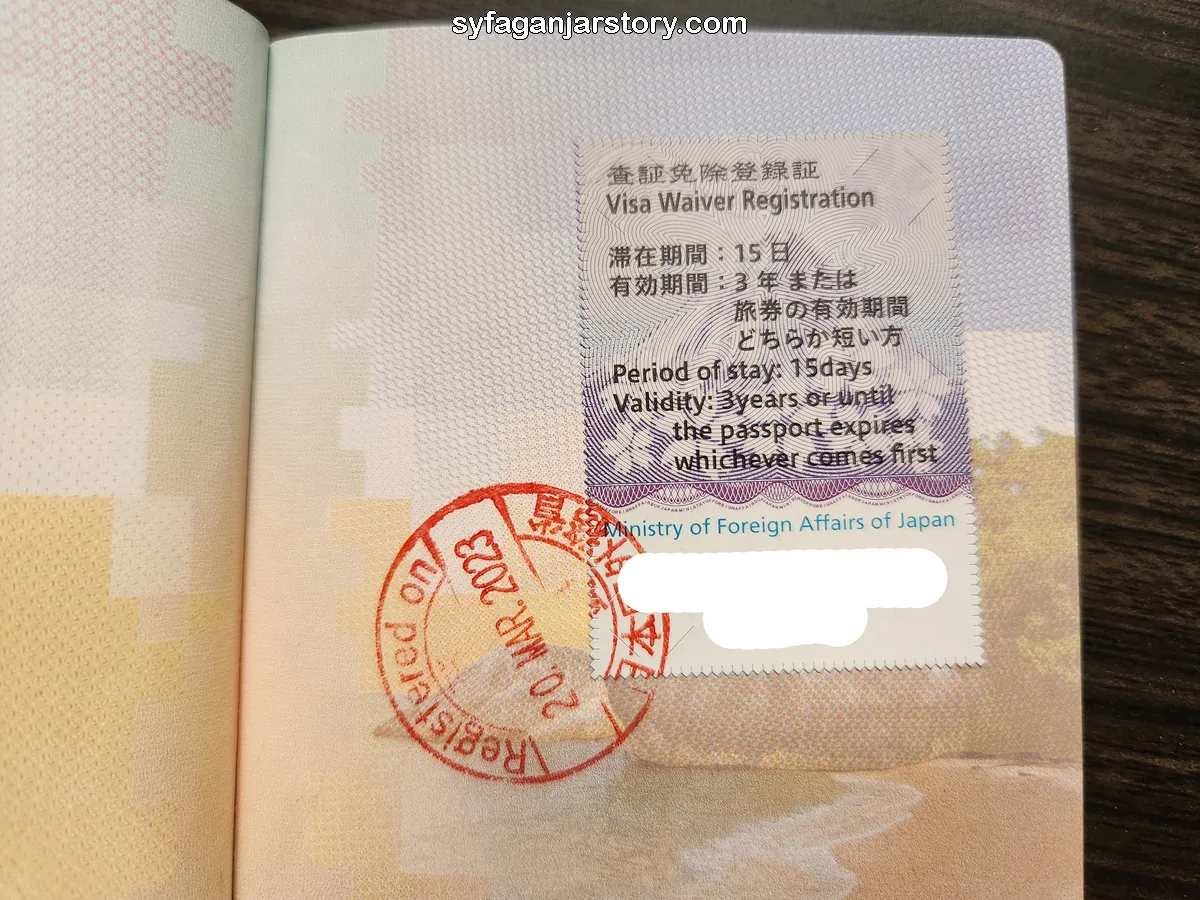
Visa application requirements vary greatly. Some visas, like the one I got for a holiday in Japan, only needed a passport and ID card.
Others require more documentation, such as work certificates, salary slips, and bank statements from the last three months. I got to fill these requirements when applying for a visa to Korea.
Additionally, some embassies, like those of European countries and the United States, might require an interview during the visa application process. These interviews are usually conducted at the embassy or online.
So, those are the key differences between a passport and a visa. I hope this article clears up any confusion about the two. Here's to smooth and enjoyable travel plans abroad!
